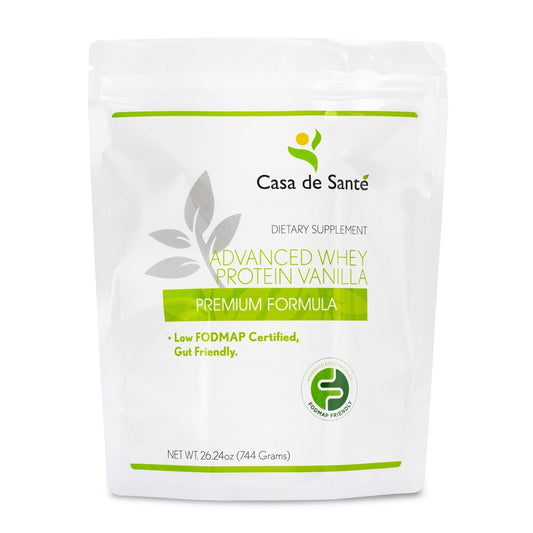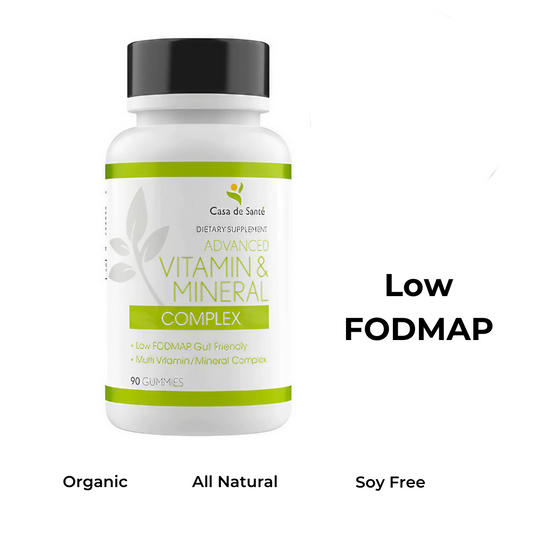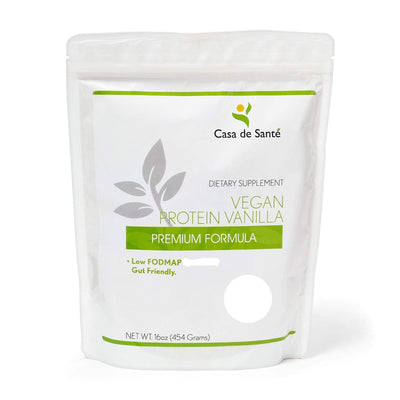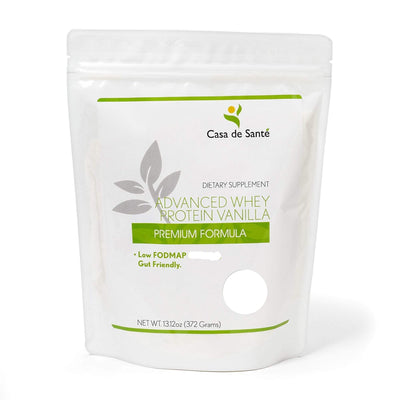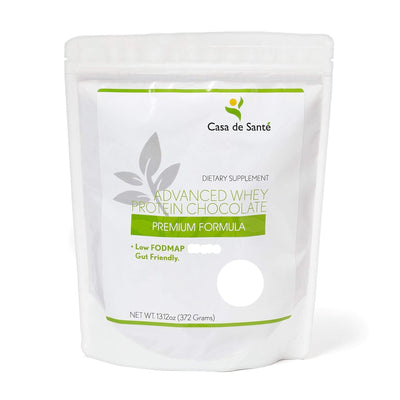Managing Megasporebiotic Die-Off: Symptoms, Solutions, and Success Stories
Managing Megasporebiotic Die-Off: Symptoms, Solutions, and Success Stories
Starting a new probiotic regimen can sometimes lead to unexpected reactions in your body. For those beginning Megasporebiotic, a potent spore-based probiotic, these reactions—often called "die-off" symptoms—can be particularly pronounced. While these temporary discomforts may be discouraging, they're actually signs that positive changes are happening within your gut microbiome. This comprehensive guide will walk you through understanding, managing, and ultimately overcoming Megasporebiotic die-off symptoms to achieve optimal digestive health.
Understanding Die-Off Reactions: What's Really Happening
Die-off reactions, clinically known as the Jarisch-Herxheimer reaction, occur when beneficial probiotics begin eliminating harmful bacteria in your gut. As these pathogenic microorganisms die, they release endotoxins that can temporarily overwhelm your body's detoxification pathways, resulting in a variety of uncomfortable symptoms.
With Megasporebiotic specifically, the reaction can be more intense than with conventional probiotics because of its exceptional potency and ability to reach the intestines intact. The spore-based formulation survives stomach acid, delivering a higher concentration of beneficial bacteria directly to where they're needed most.
Common Die-Off Symptoms
Die-off symptoms vary widely from person to person, but typically include digestive disturbances like bloating, gas, constipation, or diarrhea. Many people also experience fatigue, headaches, brain fog, mood changes, or even mild flu-like symptoms. Skin reactions such as rashes or breakouts can occur as the body eliminates toxins through the skin. While uncomfortable, these symptoms generally indicate that the probiotic is effectively rebalancing your gut microbiome.
Differentiating Die-Off from Adverse Reactions
It's important to distinguish between normal die-off symptoms and true adverse reactions. Die-off symptoms typically appear within the first few days of starting Megasporebiotic and gradually improve over time. They're generally mild to moderate in intensity and resolve completely as your body adjusts. In contrast, adverse reactions tend to worsen with continued use and may include severe symptoms like intense abdominal pain, high fever, or allergic reactions. If you experience severe or worsening symptoms, it's essential to consult with a healthcare provider.
Preparation: Setting Yourself Up for Success
The intensity of die-off symptoms can often be reduced with proper preparation. Starting Megasporebiotic isn't simply about taking a capsule—it's about preparing your body for a significant shift in gut ecology. Taking the time to properly prepare can make the transition smoother and more comfortable.
Start Low and Go Slow
One of the most effective strategies for minimizing die-off reactions is to start with a lower dose than recommended and gradually increase. Instead of beginning with a full capsule, try starting with half a capsule or even a quarter. Some practitioners suggest opening the capsule and taking just a small portion of the powder initially. Gradually increase your dosage over several weeks, allowing your body time to adjust before moving to the full recommended dose.
This gradual approach gives your detoxification pathways time to adapt to the increased toxin load. It also allows your digestive system to adjust to the changes in gut flora more gradually, potentially reducing the intensity of any die-off symptoms you might experience.
Support Your Detox Pathways
Enhancing your body's natural detoxification processes can significantly reduce die-off symptoms. Staying well-hydrated is crucial—aim for at least 2-3 liters of filtered water daily to help flush toxins. Adding supportive supplements like activated charcoal (taken at least two hours away from medications or supplements) can help bind toxins in the gut before they're absorbed into the bloodstream.
Gentle exercise like walking or yoga can stimulate lymphatic flow, while practices like dry brushing may support skin detoxification. Infrared sauna sessions, if available to you, can promote detoxification through sweating. Remember that supporting detoxification isn't just about eliminating toxins—it's about nourishing your body with the nutrients it needs to process and remove these substances effectively.
Digestive Support During Die-Off
During the die-off period, providing additional support to your digestive system can make a significant difference in your comfort level. Your digestive tract is undergoing substantial changes, and giving it extra support during this transition period can help minimize discomfort while maximizing benefits.
Enzyme Support for Smoother Transitions
Digestive enzymes can be particularly helpful during die-off periods, as they reduce the digestive burden on your system while it's adjusting. Professional-grade enzyme complexes, like Casa de Sante's Low FODMAP Certified Digestive Enzymes, provide comprehensive support with their blend of 18 targeted enzymes designed specifically for sensitive digestive systems. These enzymes work synergistically to break down proteins, carbohydrates, fats, and fiber, making nutrients more bioavailable while reducing digestive stress during the transition period.
The dual protease complex (24,000 HUT total) combined with bromelain and papain helps break down proteins that might otherwise contribute to digestive discomfort during die-off. Additionally, the alpha-galactosidase provides crucial FODMAP support, which can be particularly beneficial for those experiencing bloating or gas during the die-off phase. Taking 1-2 capsules at the beginning of each meal can provide the digestive support needed to navigate die-off symptoms more comfortably.
Dietary Adjustments
Simplifying your diet during the die-off period can reduce the burden on your digestive system. Focus on easily digestible, nutrient-dense foods while temporarily reducing potential irritants. Bone broth provides gut-healing nutrients, while well-cooked vegetables offer fiber without excessive strain on digestion. Some find that temporarily reducing fermentable foods (those high in FODMAPs) can help minimize gas and bloating during this transition period.
Consider keeping a food journal during this time to identify any specific triggers that might exacerbate your symptoms. This information can be invaluable not only for managing the die-off period but also for understanding your unique digestive needs moving forward.
Targeted Symptom Relief Strategies
While supporting your body's overall detoxification processes is important, addressing specific symptoms directly can provide much-needed relief during the die-off period. Different symptoms may require different approaches, and having a toolkit of targeted relief strategies can help you navigate this challenging time more comfortably.
For Digestive Discomfort
Bloating and gas are among the most common die-off symptoms. Ginger tea can be remarkably effective for reducing gas and bloating, while peppermint tea helps soothe intestinal spasms. A warm castor oil pack applied to the abdomen for 20-30 minutes can reduce inflammation and discomfort. For constipation, magnesium citrate can provide gentle relief, while activated charcoal may help with diarrhea by binding to irritants in the gut.
Gentle abdominal massage, moving in a clockwise direction, can stimulate peristalsis and relieve gas. Simple yoga poses like child's pose, happy baby, and gentle twists can also help move gas through the digestive tract and provide relief from discomfort.
For Fatigue and Brain Fog
The fatigue and cognitive symptoms that often accompany die-off can be particularly challenging. Prioritizing rest during this period is essential—your body is working hard to rebalance and heal. Short naps or meditation breaks can be restorative. Adaptogenic herbs like rhodiola or ashwagandha may help support energy levels and stress response during this transitional period.
For brain fog, short bursts of moderate exercise can improve circulation and mental clarity. Staying well-hydrated is particularly important for cognitive function, as even mild dehydration can worsen brain fog. Some find that temporarily increasing healthy fats in their diet provides the brain with needed energy during this challenging time.
Success Stories: From Struggle to Triumph
While die-off symptoms can be challenging, countless individuals have successfully navigated this transition period to experience significant improvements in their digestive health and overall wellbeing. These real-world experiences offer both inspiration and practical insights for those currently in the midst of die-off reactions.
Sarah's Journey: Patience Pays Off
Sarah, a 42-year-old teacher with longstanding IBS, experienced significant die-off symptoms when starting Megasporebiotic. Her symptoms included increased bloating, fatigue, and headaches that lasted nearly two weeks. Rather than giving up, she reduced her dosage to one-quarter capsule and added a comprehensive digestive enzyme supplement with each meal. She found that the enzyme support made a dramatic difference in her comfort level during the transition period.
After six weeks of gradually increasing her dosage while maintaining enzyme support, Sarah was able to take the full recommended dose with minimal discomfort. Three months later, her IBS symptoms had improved by approximately 80%, and she reported better energy, clearer skin, and improved mood. "The die-off period was challenging," she shares, "but the results were absolutely worth the temporary discomfort."
Michael's Experience: The Importance of Support
Michael, a 35-year-old software developer with severe digestive issues following antibiotic treatment, experienced intense die-off symptoms including diarrhea, brain fog, and fatigue when starting Megasporebiotic. Working with a functional medicine practitioner, he implemented a comprehensive support protocol including activated charcoal, digestive enzymes, and a simplified diet.
His practitioner recommended Casa de Sante's digestive enzyme complex specifically for its comprehensive blend of 18 targeted enzymes, which provided support for protein, carbohydrate, and fat digestion during the challenging transition period. The alpha-galactosidase for FODMAP support proved particularly helpful for managing gas and bloating. After three weeks of gradual dosage increases combined with targeted support, Michael's die-off symptoms resolved completely, and he began experiencing significant improvements in his digestive function.
When to Seek Professional Guidance
While die-off symptoms are generally temporary and manageable with the strategies outlined above, there are situations where professional guidance becomes necessary. Understanding when to reach out for help ensures that you navigate this transition safely and effectively.
Warning Signs
If you experience severe symptoms such as intense abdominal pain, high fever, vomiting, severe diarrhea, or signs of dehydration, it's important to seek medical attention promptly. Similarly, if moderate symptoms persist beyond two weeks despite implementing supportive strategies, or if you notice any concerning changes in your health, consulting with a healthcare provider is advisable.
Those with existing health conditions, particularly autoimmune disorders, severe gut dysbiosis, or compromised liver or kidney function, should work closely with a knowledgeable healthcare provider when starting Megasporebiotic. These conditions may require more careful monitoring and support during the die-off period.
Remember that while die-off symptoms are a normal part of the healing process for many, your comfort and safety are paramount. Working with a healthcare provider who understands both the benefits and challenges of spore-based probiotics can help you navigate this transition with confidence and achieve the best possible outcomes for your digestive health.








